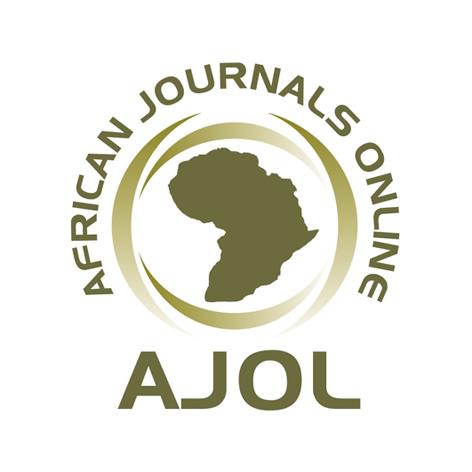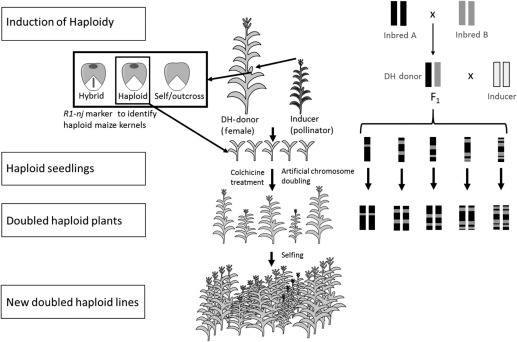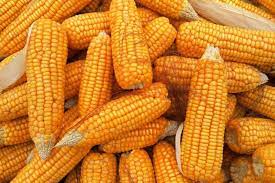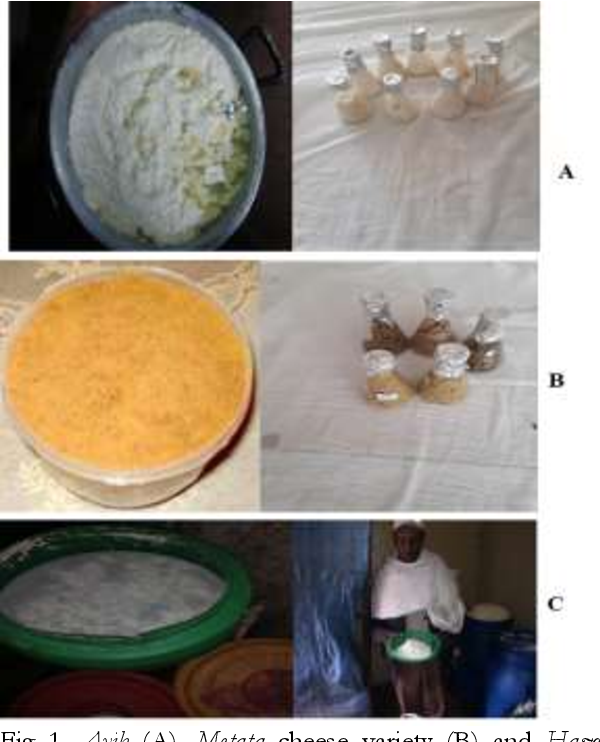Registration of “Marara” Sorghum [Sorghum bicolor (L.) Moench] Variety
Background: Sorghum is one of the most important grain crops in Ethiopia, which is widely cultivated across diverse agro-ecologies. However, the national average yield of the crop is far below its potential. Limited availability of high yielding, disease resistant and yield-stable sorghum varieties are major production constraints in the country.
Objectives: This study was conducted with the objective of developing high yielding, widely adaptable, and disease-tolerant sorghum varieties for agro-ecologies of intermediate altitudes in the country.
Materials and Methods: Twenty-one sorghum genotypes including standard checks (Gemedi and Chemeda) were evaluated in a randomized complete block design with three replications for two consecutive years, during the 2017 to 2018 main cropping seasons at Bako, Billo-Boshe, Uke and Gute research stations.
Results: Additive Main effect and Multiplicative Interaction (AMMI) and Genotype and Genotype by Environment (GGE) biplot analysis revealed that ETSL 101371(Acc.213642), an accession obtained from Amhara Regional State was found to be the most stable across locations and high yielding (5.35 t ha–1) among the tested genotypes. This best performing genotype was named “Marara” and officially released in 2019 as a new variety. “Marara” showed about a 40% yield advantage over the best standard check, Gemedi; and 110.6 % over the second check Chemeda.
Conclusion: The results of the study have revealed that there was a highly significant variation between the sorghum genotypes, with Acc. ETSL 101371(Acc. 213642) named “Marara” being the most stable and productive among the genotypes. As a result, it was officially released for the country's middle altitude regions.
Berenji, J., Dahlberg, J., Sikora, V. and Latkovic, D. 2011. Origin, history, morphology, production, improvement, and utilization of broomcorn [Sorghum bicolor (L.) Moench] in Serbia. Economic Botany, 65(2): 190–208.
CSA (Central Statistical Agency). 2020/21. Statistical Agency Agricultural Sample Survey 2020/21. Report on Area and Production of Major Crops. Statistical Bulletin, Volume I. Addis Ababa, Ethiopia. Pp. 13.
El Naim, A.M., Ibrahim, I.M., Abdel Rahman, M.E. and Ibrahim, E.A. 2012. Evaluation of some local sorghum (Sorghum bicolor (L.) Moench) genotypes in rain-fed. Jnternational Ournal of Plant Research, 2(1):15–20.
FAOSTAT (Food and Agriculture Organization). 2021. Production – Crops – Area harvested/yield/production quantity – sorghum – 2019-2020. Food and Agriculture Organization, https://www.fao.org/faostat/en/#data/QCL/visualize Accessed 12 Nov 2022.
Gauch, H.G. and Zobel, R.R. 1996. AMMI analysis of yield trials. Pp. 85–122. In: Kang, M. and Gauch, H. (eds.). Genotype by Environment Interaction. CRC Press, New York.
Gebisa Ejeta and Grenier, C. 2005. Sorghum and its weedy hybrids. Pp. 123–135. In: Gressel, J. (eds.). Crop Ferality and Volunteerism. CRC Press, Florida, USA.
Hancock, J.D. 2000. Value of Sorghum and Sorghum Co-products in Diets for Livestock. Pp. 731–749. In: Smith, C.W. and Frederiksen, R.A. (eds.). Sorghum: Origin, History, Technology, and Production. John Wiley and Sons, New York.
ICRISAT (International Crop Research Institute for the Semi-Airid Tropics). 2015. Sorghum (Sorghum bicolor L. Moench). International Crops Research Institute for the Semi-Arid Tropics.
Jeff, M. 2020. Flavonoids’ presence in sorghum roots may lead to frost-resistant crop. Penn State News, Pennsylvania State University.
Misira, R., Das, S. and MC, P. 2009. AMMI model analysis of stability and adptability of late duration finger millet (Eleusine coracana)genotypes. World Applied Sciences Journal, 6(12): 1650–1654.
Ritter, K., McIntyre, C., Godwin, I., Jordan, D. and Chapman, S. 2007. An assessment of the genetic relationship between sweet and grain sorghums, within Sorghum bicolor ssp. bicolor (L.) Moench, using AFLP markers. Euphytica, 157(1–2): 161–176.
Smith, C.W. and Frederiksen, R.A., editors. 2000. Sorghum: Origin, history, technology, and production. John Wiley and Sons, New Work. Pp. 824.
Yan, W. 2001. GGEbiplot. a windows application for graphical analysis of multi-environment trial data and other types of two-way data. Agronomy Journal, 93(5): 1111–1118.
Copyright (c) 2023 Kebede Dessalegn, Dagnachew Lule, Chemeda Birhanu, Gudeta Bedada, Bodena Guddisa, Girma Mengistu, Megersa Debela, Girma Chemeda, Geleta Gerama, Megersa Kebede, Hailu Feyisa, Fufa Anbessa, Meseret Tola, Abebe Tilahun, Dejene Haile, Tamirat Bijiga, Habte Nida, Getachew Ayana, Gezahegn Girma, Tesfaye Mengiste

This work is licensed under a Creative Commons Attribution-NoDerivatives 4.0 International License.
- I am authorized by my co-authors to enter into these arrangements.
- I warrant, on behalf of myself and my co-authors, that:
- the article is original, has not been formally published in any other peer-reviewed journal, is not under consideration by any other journal and does not infringe any existing copyright or any other third party rights;
- I am/we are the sole author(s) of the article and have full authority to enter into this agreement and in granting rights to Springer are not in breach of any other obligation;
- the article contains nothing that is unlawful, libellous, or which would, if published, constitute a breach of contract or of confidence or of commitment given to secrecy;
- I/we have taken due care to ensure the integrity of the article. To my/our - and currently accepted scientific - knowledge all statements contained in it purporting to be facts are true and any formula or instruction contained in the article will not, if followed accurately, cause any injury, illness or damage to the user.
- I, and all co-authors, agree that the article, if editorially accepted for publication, shall be licensed under the Creative Commons Attribution License 4.0. If the law requires that the article be published in the public domain, I/we will notify Springer at the time of submission, and in such cases the article shall be released under the Creative Commons 1.0 Public Domain Dedication waiver. For the avoidance of doubt it is stated that sections 1 and 2 of this license agreement shall apply and prevail regardless of whether the article is published under Creative Commons Attribution License 4.0 or the Creative Commons 1.0 Public Domain Dedication waiver.
- I, and all co-authors, agree that, if the article is editorially accepted for publication in Haramaya Journals, data included in the article shall be made available under the Creative Commons 1.0 Public Domain Dedication waiver, unless otherwise stated. For the avoidance of doubt it is stated that sections 1, 2, and 3 of this license agreement shall apply and prevail.












